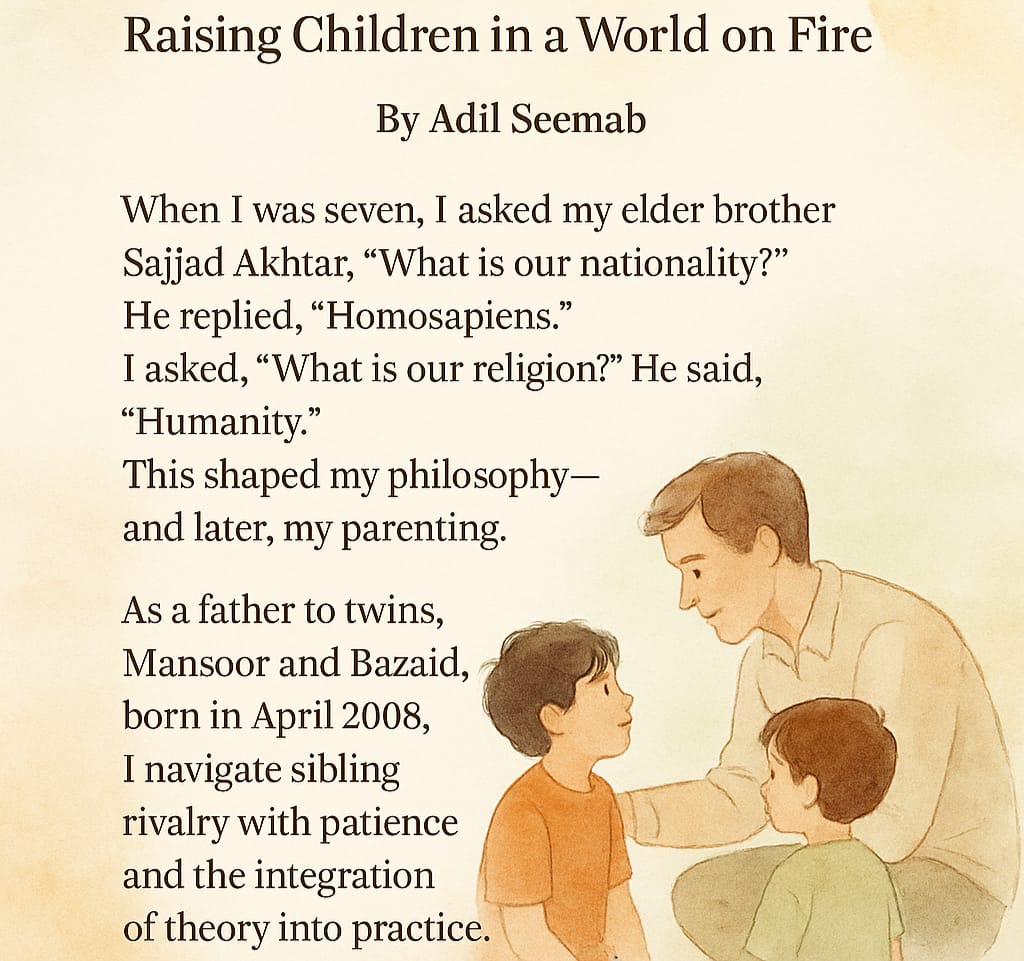Not long ago, I witnessed a little scene at a supermarket. A toddler insisted on buying candy. His mother, clearly tired, said no. The boy cried louder. The mother, embarrassed, yelled, “Stop it, or I’ll leave you here!”
The child froze—not because he understood discipline, but because he felt fear.
That moment stayed with me.
Discipline is one of the most misunderstood words in parenting. Many of us grew up believing that being “disciplined” meant being punished, scolded, or shamed. We confuse fear with respect, and silence with obedience.
But what if I told you that discipline—real, effective discipline—doesn’t need to hurt, scare, or break a child’s spirit?
What if discipline could be loving, respectful, and still firm?
Children Don’t Need to Be “Controlled” — They Need to Be Understood
Let’s start with a shift in mindset.
When a child acts out, they’re not trying to challenge your authority. They’re trying to communicate a need, an emotion, or a lack of skill to handle something big.
A two-year-old screaming isn’t “naughty”—they’re overwhelmed.
A teenager arguing isn’t “disrespectful”—they’re learning how to express opinions.
A child refusing to share isn’t “selfish”—they’re still developing empathy.
When we react with threats or harshness, we stop listening. And when we stop listening, the child stops trusting.
Boundaries Are Not Walls — They Are Bridges
Loving discipline doesn’t mean “letting everything go.” Children need boundaries. They feel safer when they know what’s okay and what’s not.
But here’s the key difference:
Harsh discipline says: “Do what I say, or else…”
Loving discipline says: “Here’s what we expect, and I’m here to help you succeed.”
For example:
❌ “Stop shouting or I’ll hit you!”
✅ “I can see you’re upset. Let’s use a calm voice so I can understand you.”
Boundaries don’t damage children. How we enforce them can.
Connection Before Correction
Try this: The next time your child misbehaves, pause and ask yourself:
“What is my child feeling right now?”
This single question can transform your reaction.
When a child feels emotionally connected, their brain is more open to learning. They’re more likely to cooperate, more able to listen.
Discipline becomes a moment of teaching, not punishing.
> Remember: A child who feels seen is a child who learns faster.
The Power of Calm Consistency
Children test boundaries not because they’re bad—but because they’re curious.
They want to know: Are you serious? Are you safe? Are you consistent?
The most effective discipline happens when you are calm, clear, and consistent—not when you’re angry.
A calm parent is not weak. A calm parent is in control of themselves, not the child.
Say what you mean. Follow through gently but firmly. And most importantly, model the behavior you want to see.
Repair, Not Regret
Even the most peaceful parent will lose their cool sometimes. That’s okay. Parenting is not about perfection—it’s about repair.
If you yell, apologise. If you mess up, own it.
This teaches your child something more powerful than obedience: it teaches humility, accountability, and forgiveness.
Final Thought: Discipline That Builds, Not Breaks
Discipline should never feel like humiliation. It should feel like guidance.
Set clear limits, but always from a place of love.
Be firm, but stay kind.
Stand strong, but stay soft inside.
Because in the end, your child won’t remember every rule you made…
But they will remember how they felt in your presence.
Let that feeling be love, not fear.






Leave a comment